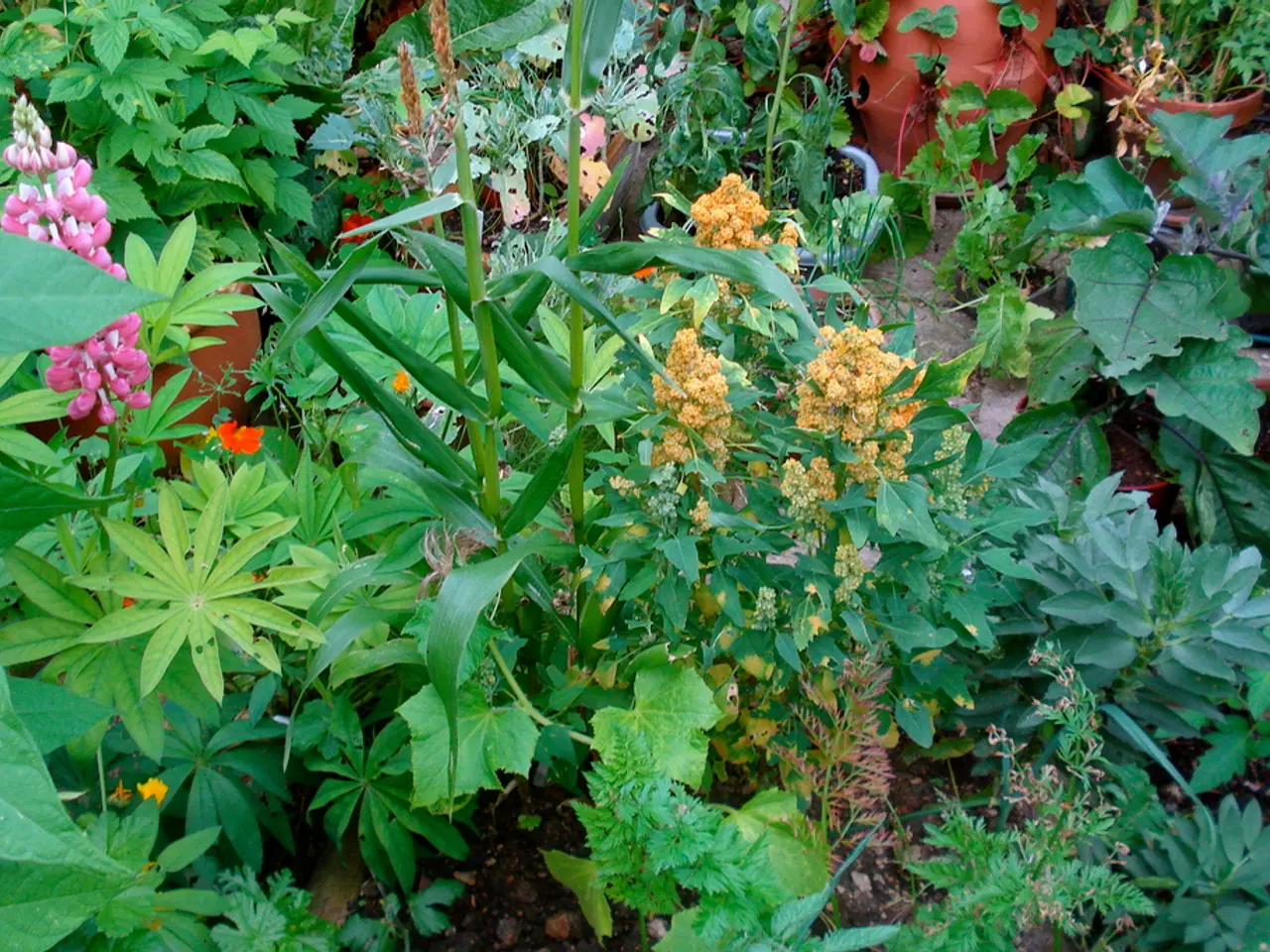Readying Your Spring Garden Bed for Sowing
Spring is the perfect time to transform your garden into a flourishing oasis. Here's a comprehensive guide on planning and preparing your spring garden bed for a bountiful harvest and beautiful blooms.
**Step 1: Planning Your Garden Bed**
Choose a sunny and well-drained location for your garden bed. A spot with at least 6 hours of sunlight daily is ideal. Plan your layout, considering the sunlight needs and height of each plant to avoid shading smaller ones. Select spring crops and flowers that thrive in your climate. For example, radishes and spinach are suitable for early spring planting. Timing is crucial; plant cold-hardy crops like radishes and spinach 4–6 weeks before the last average frost, while warm-season crops like tomatoes and peppers should be planted after the frost.
**Step 2: Soil Preparation**
Begin by removing any existing weeds, winter debris, or spent plants from the garden bed. Amend the soil by incorporating compost and well-rotted manure to improve fertility and structure. For raised beds, create a layered approach using cardboard or newspaper to suppress weeds, coarse organic material for drainage and aeration, and alternating layers of nitrogen-rich and carbon-rich materials. The top layer should be a mix of topsoil and compost, which will serve as your planting medium. Install garden edging to keep grass at bay and maintain a neat appearance.
**Step 3: Plant Spacing and Planting**
Use appropriate spacing for each crop. For instance, sow radishes ½ inch deep, 16 plants per square foot or grid section, and spinach ½ inch deep, 9 plants per square. Plant seeds or transplants following the instructions on the seed packet for depth and spacing. Consider using a square foot gardening approach for efficient space use. Mark your plantings using labels or markers to keep track of what is planted where.
**Step 4: Watering**
Water the bed thoroughly after planting to settle the soil and ensure good seed-to-soil contact. Maintain consistent moisture, keeping the soil evenly moist but not waterlogged. Early morning is the best time to water. Ensure your watering cans, hoses, or irrigation systems are in good working order before the season starts. Consider using water butts to collect rainwater for an eco-friendly and cost-effective water source.
**Step 5: Mulching**
Apply a 2–3 inch layer of organic mulch (like bark chips, sugarcane, or pea straw) over the entire bed, keeping it a few centimetres away from plant stems. Mulching helps retain moisture, suppress weeds, regulate soil temperature, improve soil as it breaks down, and add nutrients.
By following these steps, you'll create a thriving, vibrant spring garden bed ready for a bountiful harvest and beautiful blooms. For assistance with digging, soil preparation, planting, and ongoing care, contact your local Jim's Mowing to make your dream garden bed a reality, just in time for spring.
To ensure continuous growth and enhance your home's aesthetic appeal, focus on cultivating your home-and-garden, by extending your gardening endeavors beyond just the spring season. By incorporating a variety of plant species that thrive throughout the year, you'll maintain a lively and colorful lifestyle with a flourishing garden as an essential element.




